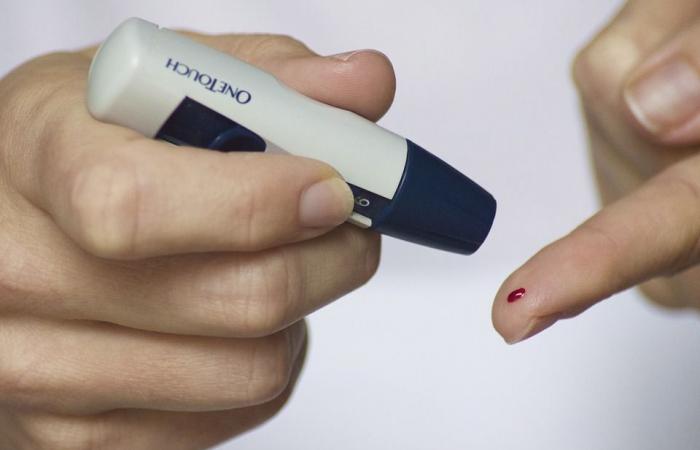A 25-year-old woman with type 1 diabetes began producing her own insulin. less than three months » after receiving a reprogrammed stem cell transplant.
« I can now eat sugar », Says the patient who lives in Tianjing and wishes to remain anonymous. More than a year has passed since the transplant. For James Shapiro, a researcher at the University of Alberta, in Canada, these results are “ narcotics ». « They completely reversed the patient’s diabetes, which previously required significant amounts of insulin », rejoices the scientist.
The promises of cell therapies
This study, published in the journal Cell [1]follows the results of another team from Shanghai which announced in April that it had successfully transplanted insulin-producing islets into the liver of a 59-year-old man suffering from type 2 diabetes (see Diabetes: a patient cured using cell therapy based on iPS). The islets were also derived from cells taken from the patient’s body, who has since stopped taking insulin.
Diabetes affects nearly half a billion people around the world “. Most have type 2 diabetes, in which the body doesn’t produce enough insulin or its ability to use the hormone decreases. In type 1 diabetes, the immune system attacks the islet cells in the pancreas.
Stem cells that can be used to grow any tissue in the body and cultured “ indefinitely » in the laboratory, they potentially offer “ an unlimited source » of pancreatic tissue. By using tissues made from the patient’s own cells, researchers also hope to avoid the need for immunosuppressants.
“Fascinating” results, but to be confirmed
Deng Hongkui, a cell biologist at Peking University, and colleagues took cells from three people with type 1 diabetes and returned them to a pluripotent state, from which they can be transformed into any type cell of the organism (see Human iPS cells differentiated into hematopoietic stem cells). They then used chemically induced pluripotent stem (iPS) cells to generate “ 3D islet clusters “. They tested the safety and effectiveness of these cells in mice and primates.
In June 2023, during an operation that lasted less than half an hour, they injected “ the equivalent of approximately 1.5 million islets » in the abdominal muscles of the young woman. Usually the injection is given into the liver but the cells cannot be observed there. Here they were able to perform MRI monitoring. Two and a half months later, the woman was producing enough insulin to last without the need for supplements, and she maintained this level of production for more than a year.
For Jay Skyler, an endocrinologist at the University of Miami, these results are “ fascinating ”, but they must be reproduced on a larger number of people. The doctor considers that the patient will be “cured” if insulin production continues for 5 years.
iPS cells vs embryonic cells?
Furthermore, because the patient was already receiving immunosuppressants for a previous liver transplant, the researchers could not determine whether the iPS cells reduced the risk of graft rejection. Additionally, even if the body does not reject the transplant because it does not view the cells as “foreign,” there is still a risk that the body will attack the islets of Langerhans in people with type 1 diabetes. .
This is why Professor Deng explains trying to develop “ cells capable of escaping this autoimmune response ».
According to the researcher, the results of the other two participants are “ also very positive “. In November their intervention will be a year old. The researcher then hopes to extend the trial to “ 10 or 20 other people ».
Highlighting that procedures involving iPS cells are “ difficult to scale and market », scientists are developing tests based on “donor stem cells “. So, Vertex Pharmaceuticals published the results of a trial involving a dozen participants with type 1 diabetes who received islets derived from embryonic stem cells (see Diabetes and human embryonic stem cells: an inconclusive clinical trial).
Editor’s note : Embryonic stem cells come from “supernumerary” embryos conceived as part of PMA procedures and “donated” to research. Their use leads to the destruction of the human embryos from which they are derived and cannot therefore be considered an ethical alternative to the use of iPS cells (see Embryo research: for what?).
[1] S. Wang et al., Transplantation of chemically induced pluripotent stem-cell-derived islets under abdominal anterior rectus sheath in a type 1 diabetes patient, Cell 1871–13 (2024). DOI: 10.1016/j.cell.2024.09.004
Source : Nature, Smriti Mallapaty (26/09/2024)






